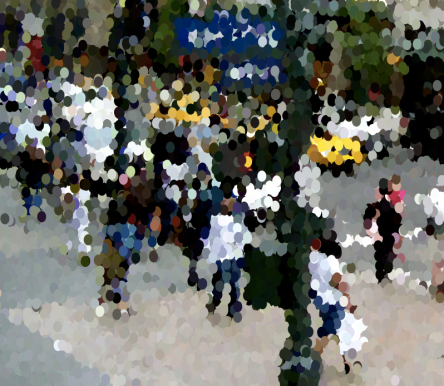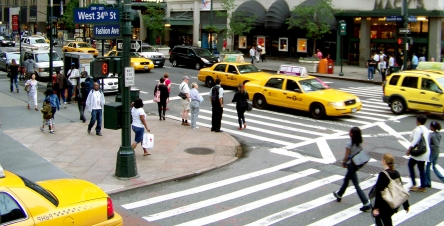Towards the end of the 18th century the first networks of optical telegraphs were being constructed. Although there was still much uncertainty about the precise way in which true long distance communications across a chain of signaling stations could be implemented (G. Holzmann). This was due to the many different variables that could result in the error of encoding or decoding a message. For example:
- The speed in which a message is communicated.
- How one could recover from a type of transmission error
- Or how conflicts in transmissions had to be resolved (G. Holzmann).
Robert Hooke was an English architect who first recognized that the operation of any telegraphic device requires not only the encoding of a message but also the control of the code. This meant there needed to be a set of guidelines that covered any issue that may arise when encoding and decoding a message.
Hooke designed a clear set of control codes that covered the majority of issues that needed resolving when it came to the optical telegraphs although Hooke’s codes were never actually put into practice (G. Holzmann).

Another century passed before Claude Chappe invented the first semaphore system in 1792 however, a few more years were essential to improve the design and coding procedure (J-M. Dilhac, 1999). In 1805 Claude Chappe committed suicide but by this time his invention had already been deemed a success. His three brothers Abraham, Ignace and Pierre were appointed to organise and chair the telegraph administration (J-M. Dilhac, 1999).

The Mechanical Design
Many early designs of the telegraph were failures such as using synchronized clocks and a trial to use electricity as a medium for transmission (as no insulatior could be found for the electric wires) (J-M. Dolhac, 1999). Through various preliminary experiments, which were conducted in 1792, Chappe and his brothers had decided that linear arms were more visible over a distance than a shutter semaphore. This resulted in a design, which consisted of a long (4 m x 30 cm) rotating bar (the requlato) and two smaller arms which rotated (the indicators) which where located on each of its ends, these arms were also counterbalanced with metallic weights (J-M. Dilhac, 1999).
The code
Developing control signals and an efficient coding procedure was an essential step as it was impossible to transmit without them, as errors were guaranteed in the process of transmission (J-M. Dilhac, 1999). The very first code that was utilized by Chappe was a simplistic decimal system. This system consisted of an encoding table, which had 9,999 entries of letters, words, and phrases, which were paired up with there own numeric code. The most commonly used words and phrases were placed at the top of the list and were given the shortest encodings. For example the first nine entries included numerals from 1-9, which were encoded in one single semaphore sign. The next 89 entries were numbered from 10-99 and were encoded in two successive signs; the entries from 100-999 required three and the last entries, from 1000-999 had 4 successive signs.

To send a word or phrase you would need to transmit the numeric code group spelled out with the 10 signs in the picture above so that you would be able to identify the code group that was being transmitted. Control signs were also a key component for all of this to work Chappe incorporated fourteen control signs, these signs always used both indicators so that they were easily identified the 14 signs included:

In 1794 the first message was transmitted by the telegraph, the message told of the victory of the French troops at Quesony. The last transmission was a similar message of victory, the fall of Sebastopol in 1855. The French military saw a lot of value in Chappe’s invention and you can see why that might be.

Claude Chappe’s telegraph was used for over 60 years, it was the first and largest optical network of its kind. Although it was a successful invention there were downsides for example the ability to transmit messages in the night or when there was a lot of fog around and the fact that it was very costly to run. Nonetheless, the optical telegraph proved that simple signs could transmit messages across long distances and paved the way for electrical communication.
References:
Optical Telegraph Codes, Gerard J. Holzmann, http://spinroot.com/gerard/pdf/geheim95.pdf (Last Accessed 18/09/2016)
Chappe Optical Telegraph, Atlas Obscure. http://www.atlasobscura.com/places/chappe-optical-telegraph (Last Accessed 18/09/2016)










